Animals are some of the most amazing and interesting creatures on our planet. They come in all shapes and sizes, from tiny insects to huge whales. Each animal has its own unique characteristics that make it special.
By learning about unusual animal facts, we can discover even more about the incredible world of animals. These facts not only surprise us but also help us understand the diversity of the animal kingdom.
Exploring these fascinating details can be both fun and educational, giving us a deeper appreciation for the creatures we share our world with.
Terrifying Extinct Animals
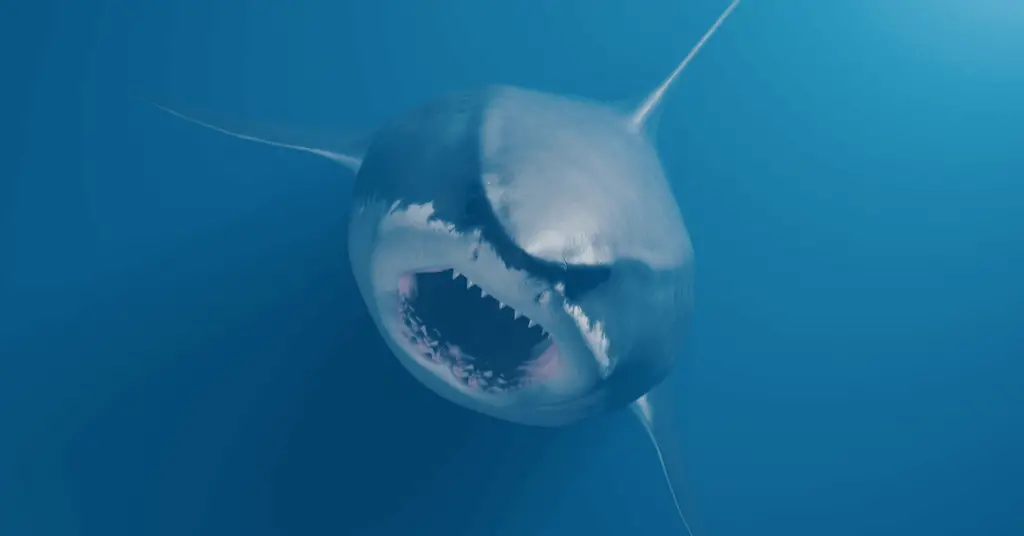
Throughout Earth’s history, many terrifying creatures roamed the planet, but now, they are extinct. These animals were often huge, deadly predators with unique adaptations that made them formidable opponents for any living being.
One of these terrifying creatures was the Megalodon, an ancient shark that could grow up to 60 feet long. It had teeth as long as seven inches and a bite force strong enough to crush almost anything.
Another was the Titanoboa, a massive snake that lived in what is now South America. It could reach lengths of up to 50 feet and was capable of eating large animals, including crocodiles.
The Deinosuchus was a giant prehistoric crocodile that lived during the Cretaceous period. It could grow up to 33 feet long and had a bite force strong enough to crush the bones of dinosaurs.
Another frightening creature was the Arthropleura, a giant millipede-like arthropod that could grow up to 2.5 meters in length. Its sheer size would have terrified any creature that encountered it.
These are just a few examples of the terrifying extinct animals that once lived on Earth. To learn more about these and other fearsome creatures, check out Terrifying Animals You’ll Be Glad Are Extinct.
Resurrection of the Tasmanian Tiger
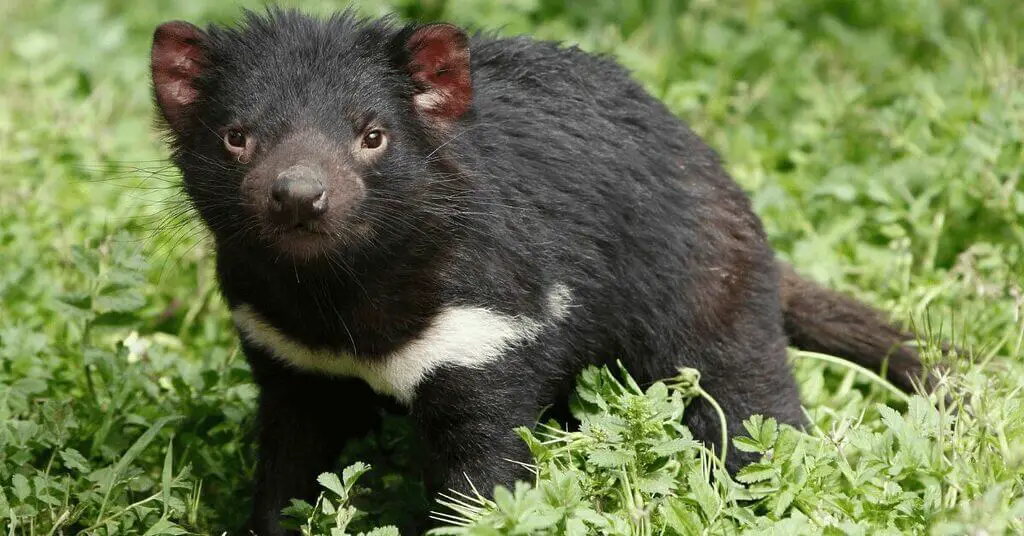
Scientists are working on an exciting project to bring back the Tasmanian Tiger, also known as the thylacine, which went extinct in the 1930s. This project, called de-extinction, aims to restore extinct animals to life.
The Tasmanian Tiger was a large, carnivorous marsupial with stripes along its back, resembling a tiger. It was once common in Australia and Tasmania, but hunting and habitat loss led to its extinction.
Researchers at the University of Melbourne are using advanced genetic technology to try and bring the thylacine back. They have already sequenced the thylacine’s DNA from preserved specimens.
The next step involves using a close relative of the thylacine, the fat-tailed dunnart, as a surrogate. Scientists will insert thylacine DNA into dunnart cells to create a hybrid embryo. If successful, this embryo will be implanted into a dunnart mother to give birth to a thylacine.
This project faces many challenges, including ensuring the new thylacines are genetically diverse enough to survive.
There are also ethical questions about bringing back a species that has been extinct for so long. Despite these challenges, the potential to revive the Tasmanian Tiger is an exciting scientific endeavor.
To learn more, check out Resurrect the Extinct Tasmanian Tiger.
Mystery of the Thylacine
The Tasmanian tiger, or thylacine (Thylacinus cynocephalus), officially declared extinct in 1936, continues to intrigue scientists and the public with ongoing sightings and debates.
This carnivorous marsupial, once native to Tasmania, Australia, and New Guinea, had a dog-like appearance with tiger-like stripes on its back.
Since the last known thylacine died in captivity at Hobart Zoo, reports of sightings have persisted. Thousands of sightings have been reported, ranging from fleeting glimpses to detailed observations by credible witnesses, including wildlife experts and park rangers.
In 1982, a park ranger claimed to have seen a thylacine for three minutes, and in 2017, a video surfaced showing a possible thylacine, though the footage was inconclusive.
Scientific studies have also analyzed these sightings. One study compiled over 1,200 records, suggesting the thylacine might have survived into the late 20th century. Some scientists believe small, isolated populations could exist in Tasmania’s dense forests, similar to other species thought extinct but later rediscovered.
Despite these reports, many experts remain skeptical due to the lack of concrete evidence like clear photographs or physical remains.
Misidentifications and the human tendency to see what we want to see are common issues. Efforts continue, including using modern technology like camera traps and field expeditions, but definitive proof remains elusive.
To explore more, visit The Thylacine (Tasmanian Tiger) Became Extinct in the 1960s – Or Did It?.
Animals that Mimic Plants
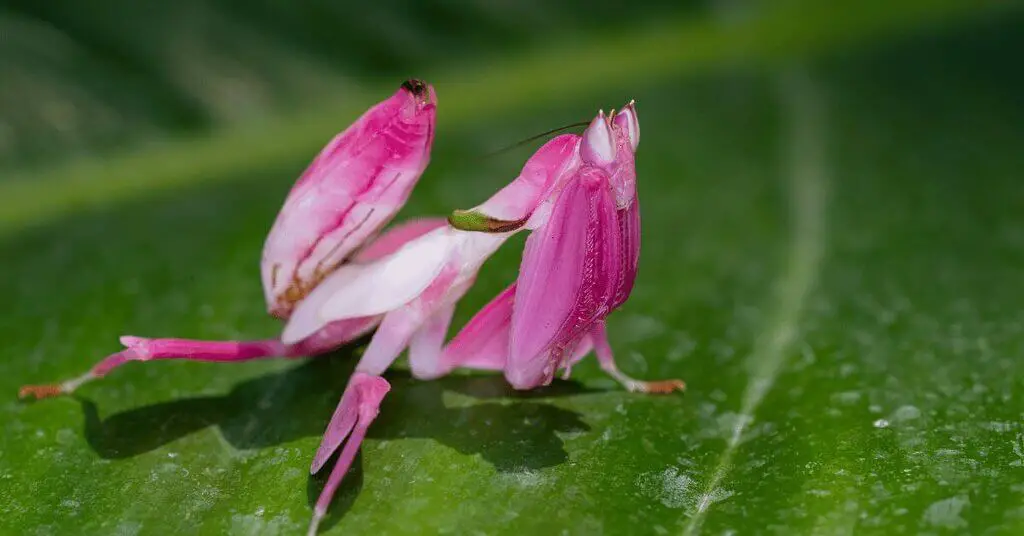
Some animals have evolved to look like plants, a fascinating form of mimicry that helps them survive in their environments. This adaptation, called plant mimicry, allows animals to blend in with their surroundings, avoiding predators or surprising their prey.
One remarkable example is the orchid mantis, found in Southeast Asia. This insect looks like the petals of an orchid flower. Its legs and body are shaped and colored like flower petals, helping it lure in pollinators like bees and butterflies, which it then captures and eats.
Another example is the leaf insect, which can be found in Southeast Asia and Australia. These insects have bodies shaped like leaves, complete with veins and edges that mimic real leaves. This makes it hard for predators to spot them among the foliage.
Stick insects, or phasmids, are also masters of disguise. They look like twigs or branches, with long, slender bodies and legs that make them nearly invisible in their natural habitat.
In Madagascar, the satanic leaf-tailed gecko has a tail that looks like a dead leaf. This gecko’s coloration and texture help it blend into its forest environment, protecting it from predators.
These adaptations show how animals can evolve to look like plants, helping them hide from predators and catch their prey. To learn more, check out Animals That Look Like Plants.
Animals Resembling Anteaters
Some animals look like anteaters because they share similar habitats and diets. These similarities arise due to convergent evolution, where unrelated species develop similar traits to adapt to similar environments.
Pangolins are one example. Found in Africa and Asia, they have long snouts and sticky tongues for catching ants and termites, much like anteaters. Despite their similarities, pangolins are actually more closely related to carnivores than to anteaters.
Aardvarks, native to Africa, also resemble anteaters. They have long snouts and strong claws for digging into ant and termite mounds.
Like anteaters, aardvarks use their sticky tongues to lap up insects. However, they belong to a different order, showing how similar needs can lead to similar adaptations in different animals.
Numbats are small marsupials from Australia that share some traits with anteaters. They have long, sticky tongues and feed mainly on termites. Unlike anteaters, numbats have small teeth that are not used for chewing.
Echidnas, also known as spiny anteaters, are found in Australia and New Guinea. They have long snouts and specialized tongues for eating ants and termites. Covered in protective spines, echidnas are more closely related to the platypus than to true anteaters.
These animals all look like anteaters because they occupy similar ecological niches, where feeding on ants and termites requires specific adaptations like long snouts, sticky tongues, and powerful digging claws.
This process, called convergent evolution, shows how different species can develop similar traits independently to survive in similar environments.
For more information, check out Surprising Animals That Look Like Anteaters.
Male Animals That Give Birth
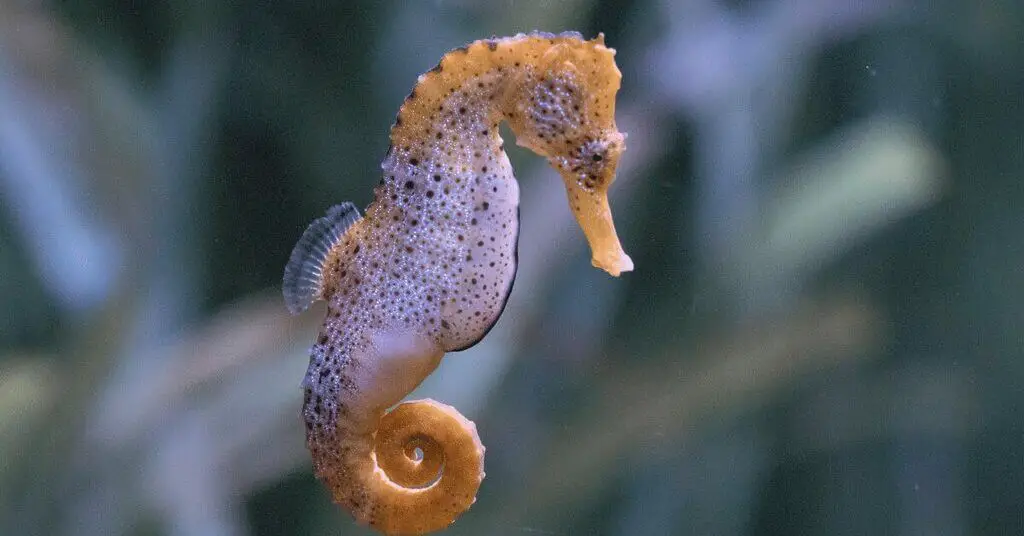
In the animal kingdom, male pregnancy and birth are extremely rare and only occur in a few species of fish. These unique creatures belong to the Syngnathidae family, which includes seahorses, pipefish, and seadragons.
In these species, the males have a special brood pouch on their abdomen or tail. During mating, the female transfers her eggs into this pouch. The male then fertilizes the eggs inside the pouch.
The developing embryos receive nutrients, oxygen, and protection from the father, much like how a placenta works in mammals. After a gestation period of 2-4 weeks, the male goes through muscle contractions to give birth to the fully-developed young.
This adaptation provides several advantages. It allows females to produce more eggs right after transferring the previous batch, increasing the number of offspring. By carrying the offspring, males ensure that they are the true fathers and protect the embryos from predators.
The brood pouch of male syngnathids is a highly specialized structure. It undergoes changes to support the growing embryos, such as developing blood vessels and thinning tissue layers to allow efficient nutrient and gas exchange.
To learn more about this fascinating phenomenon, check out Male Animals That Give Birth.
Gender-Changing Animals
Gender change, also known as sequential hermaphroditism, is a fascinating ability found in several animal species. This process allows an individual to switch from one sex to another during its lifetime, often due to environmental or social triggers.
Clownfish

Clownfish are famous for their ability to change gender. All clownfish are born male. In their social groups, the dominant female and her male partner are the breeding pair.
If the female dies, the largest male changes into a female, and the next largest male becomes her new mate. This change is driven by hormones, especially an enzyme called aromatase, which converts male hormones (androgens) into female hormones (estrogens).
Bearded Dragons
Bearded dragons can change gender based on temperature. During egg incubation, high temperatures can cause genetically male embryos to develop as females.
This ensures a balanced sex ratio in the population, even when temperatures vary. Temperature-sensitive genes trigger this process, overriding the genetic pathway that usually determines sex.
Green Sea Turtles
Green sea turtles also exhibit temperature-dependent sex determination. The temperature of the sand where eggs are laid decides the sex of the hatchlings. Warmer sands produce more females, while cooler sands produce more males. This mechanism helps the species adapt to climate changes.
Bluehead Wrasse
Bluehead wrasses are born female and can become male later in life. If the dominant male in their group is removed, the largest female transforms into a male. This change involves significant hormonal and behavioral shifts.
These gender-changing abilities highlight the incredible adaptability of certain species, allowing them to thrive in varying environments and social structures.
For more information, visit Animals That Can Change Gender.
Ancient Giants
In prehistoric times, many animals were much larger than those we see today. These ancient giants have fascinated scientists and the public, leading to investigations into why they grew so large.
One of the most famous groups of ancient giants are the sauropod dinosaurs. These herbivores had incredibly long necks and massive bodies.
For example, Argentinosaurus could reach up to 131 feet in length and weigh around 100 tons. These dinosaurs’ long necks allowed them to reach high vegetation, while their lightweight, air-filled bones helped support their immense size.
The oceans also had their share of giants. Ichthyosaurs, like Shonisaurus, could grow up to 69 feet long. The aquatic environment allowed these marine reptiles to support their large bodies more easily than land animals.
Several factors contributed to gigantism in these animals. One reason is efficient feeding; larger animals could reach more food sources and consume large amounts at once. Another reason is predator avoidance; large size made it difficult for predators to attack and kill them.
Additionally, larger bodies helped maintain stable temperatures, which is crucial for survival. High oxygen levels and abundant food resources during certain periods also favored the evolution of giant species.
These ancient giants provide a glimpse into a time when the Earth was inhabited by some of the most remarkable creatures to ever exist.
For more information, check out Animals That Used to Be Giant.
Surprisingly Large Animals
The natural world is full of creatures that are much bigger than you might think. Here are some surprising examples of these impressively large animals.
Chinese Giant Salamander
The Chinese giant salamander is the largest amphibian in the world. It can grow up to 6 feet long and weigh over 60 pounds. This ancient species lives in rocky mountain streams and absorbs oxygen through its skin.
Japanese Spider Crab
The Japanese spider crab has the largest leg span of any crustacean, reaching up to 12.5 feet. These crabs can weigh up to 42 pounds and live in the depths of the Pacific Ocean. They can live for nearly 100 years.
Goliath Beetle
The Goliath beetle is one of the largest insects, measuring 2 to 4 inches long and weighing between 2 to 3.5 ounces. Found in tropical Africa, these beetles can lift 850 times their own body weight.
Goliath Frog
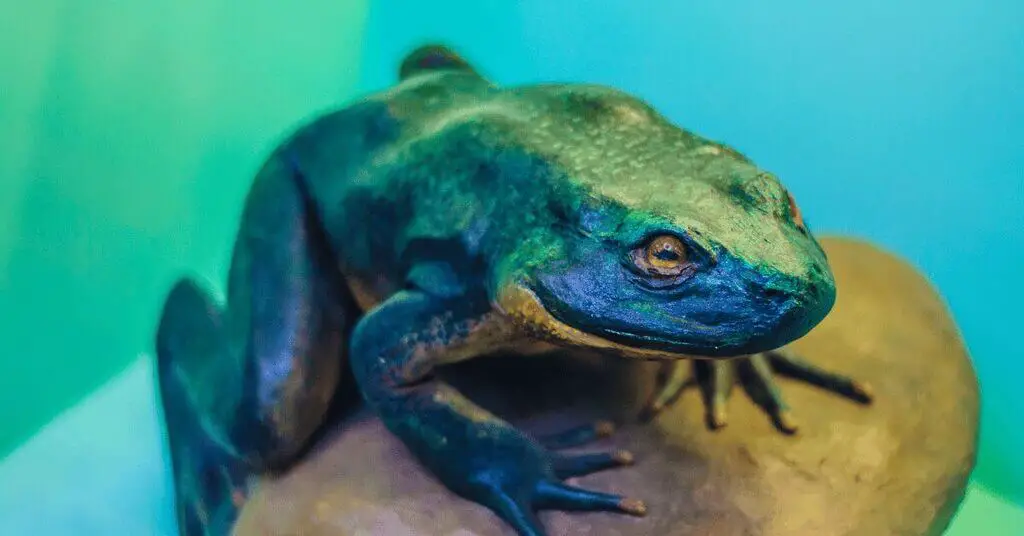
The Goliath frog is the largest frog in the world, weighing over 7 pounds and measuring up to 12.5 inches long. Native to western Africa, these frogs live around rivers and waterfalls.
Wandering Albatross
The wandering albatross has the largest wingspan of any bird, up to 11 feet. These seabirds can travel thousands of miles and are known to sleep while flying. They weigh between 13 and 26 pounds.
Ocean Sunfish
The ocean sunfish is the heaviest bony fish, with some individuals weighing over 2,200 pounds. They can grow up to 10 feet long and are found in temperate and tropical oceans.
These animals demonstrate the incredible diversity and surprising sizes that nature can produce.
For more information, visit Animals Much Bigger Than Believed.
Conclusion
In this article, we’ve explored some fascinating examples of surprisingly large animals, from the immense Chinese giant salamander to the enormous ocean sunfish. These creatures remind us of the incredible diversity and scale found in nature.
Understanding these animals can deepen our appreciation for the natural world and its wonders. For more detailed information about these and other intriguing animals, be sure to explore the linked articles.
There’s always more to discover and learn about these extraordinary giants of the animal kingdom.

